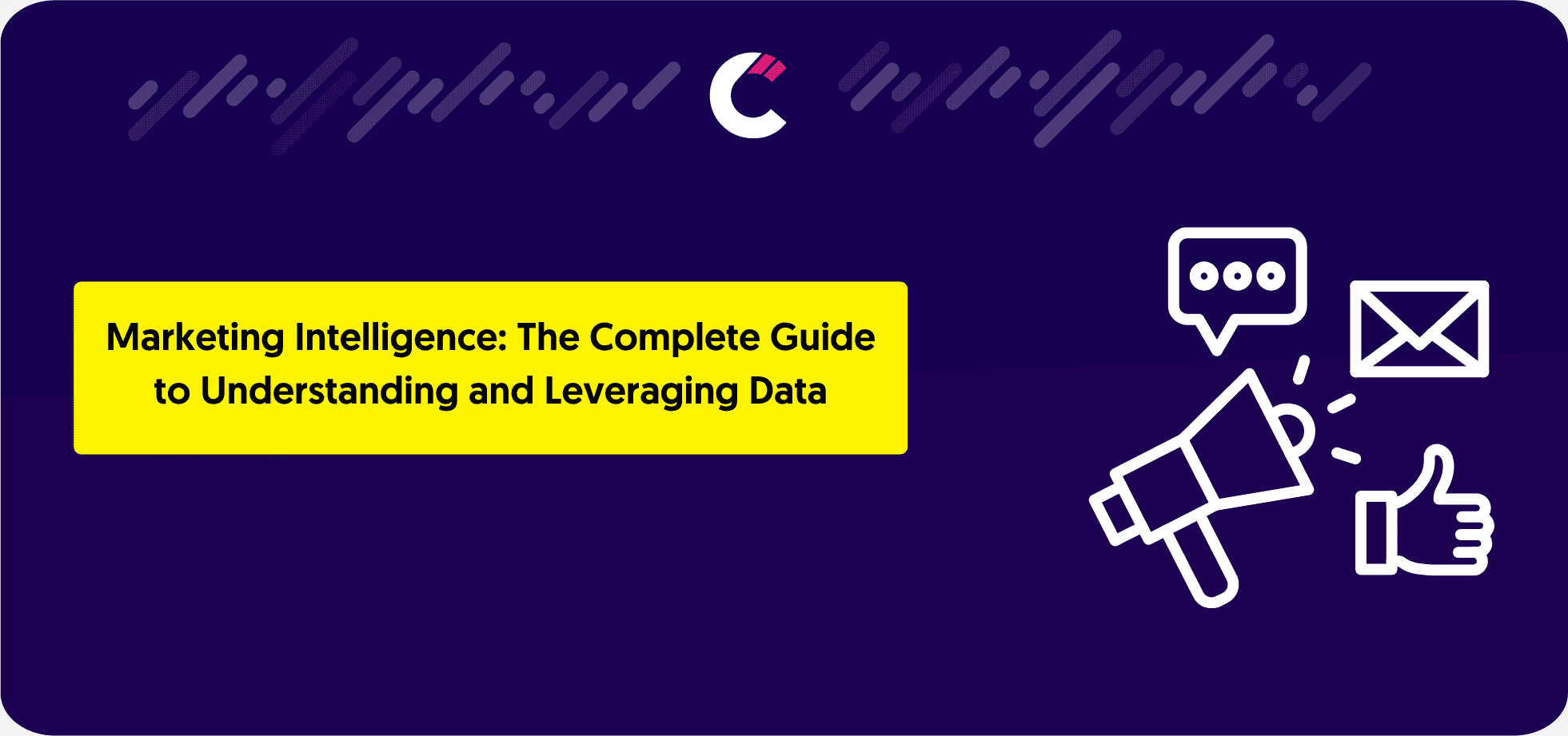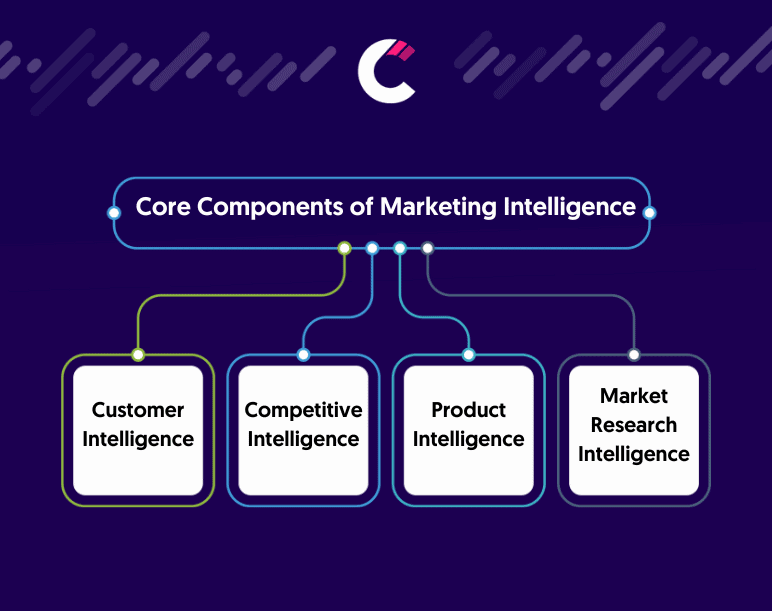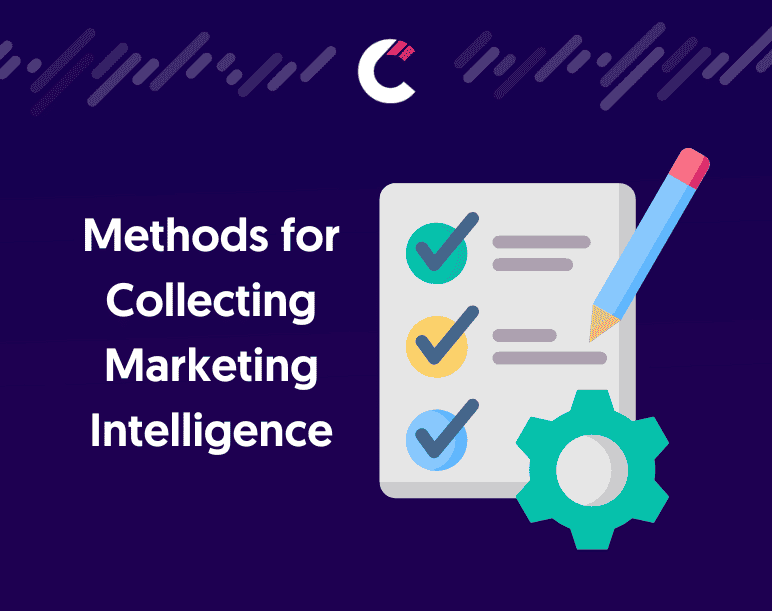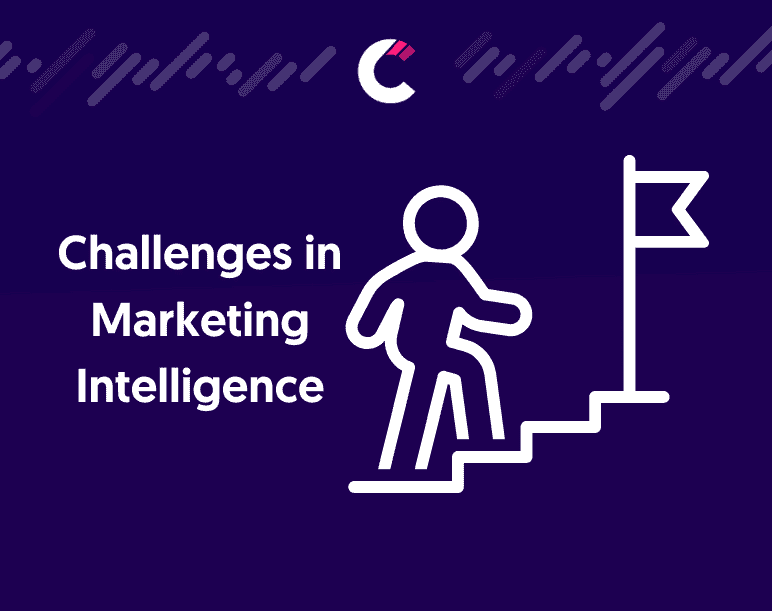
Marketing intelligence tools have become an essential part of modern business strategies. These tools allow companies to gather, analyze, and utilize data to make informed decisions about their markets, customers, and competitors. By integrating marketing intelligence into your operations, you can uncover actionable insights that directly impact your business growth. But what exactly is marketing intelligence, and why is it so pivotal for staying competitive? This guide dives into every aspect of marketing intelligence to help you understand its significance and how to leverage it effectively.
Marketing intelligence refers to the process of gathering and analyzing data from various sources to gain a comprehensive understanding of the market environment. It encompasses information about customer behavior, competitor strategies, industry trends, and market conditions. The goal is to transform raw data into insights that drive smarter decision-making. Unlike traditional analytics, marketing intelligence is dynamic and continuously evolving to reflect real-time market conditions.
The functionality of marketing intelligence tools relies on a combination of data collection, processing, and visualization. Tools gather data from diverse sources like customer feedback, sales reports, and social media platforms. After data collection, advanced algorithms and techniques such as AI and machine learning process this information, identifying patterns and correlations. The insights generated are then presented in dashboards or reports, making it easy for decision-makers to act on them.
Marketing intelligence plays a critical role in helping businesses succeed in competitive environments. Its importance can be broken down into several key benefits:
Additionally, a 2023 survey highlighted that companies using advanced marketing intelligence tools saw a 20% increase in revenue growth compared to those relying on traditional methods. This underscores the transformative impact of marketing intelligence on business performance.
Marketing intelligence is a multifaceted discipline that intersects with several other business processes, including marketing research, business intelligence, and competitive intelligence. While these areas share similarities, each serves a unique purpose and contributes differently to a company’s overall strategy. Understanding their distinctions is crucial for effectively leveraging the right tools and methodologies.
Comparison | Marketing Intelligence | Marketing Research | Business Intelligence | Competitive Intelligence |
Scope | Ongoing process covering broad market insights. | Project-based studies aimed at solving specific problems. | Focused on analyzing internal company data. | Focused on competitor strategies, strengths, and weaknesses. |
Data Orientation | Outward-looking, gathering external data on customers, competitors, and markets. | Structured data collection based on surveys, polls, or experiments. | Inward-looking, analyzing internal metrics like operations and finances. | Narrowed to competitors within the market. |
Tools and Techniques | Social media monitoring tools, competitor tracking apps, and customer analytics tools. | Surveys, focus groups, and polls. | Dashboards and data visualization platforms like Tableau or Power BI. | Tools for tracking competitor performance and strategies. |
Purpose | Supports strategic decision-making and market adaptation. | Provides tactical insights for solving specific questions. | Enhances operational efficiency and decision-making internally. | Guides competitive strategies to outperform market rivals. |
Impact | Drives overall market strategy and customer engagement. | Answers specific business or marketing questions. | Optimizes business processes and internal KPIs. | Enables businesses to gain a competitive edge in the market. |

Focuses on tracking and analyzing competitors to identify their strengths, weaknesses, and market strategies.
Centers on understanding customer behavior, preferences, and demographics to tailor marketing efforts.
Involves evaluating how your product performs in the market and identifying areas for improvement.
Explores broad market trends and industry insights to support long-term planning.

Collecting marketing intelligence involves both traditional and modern methods. Each approach offers unique ways to gather valuable insights into customer behavior, market trends, and competitor strategies.
The process of collecting and analyzing marketing intelligence requires careful planning and execution to ensure accurate and actionable insights. Below are the key steps involved:

Marketing intelligence can deliver significant value, but businesses often face challenges when implementing it effectively. Below are some of the most common hurdles:
To maximize the effectiveness of marketing intelligence, businesses should adopt the following practices:

The field of marketing intelligence is constantly evolving. Here are some emerging trends shaping its future:
To determine if marketing intelligence is right for your organization, consider the following:
Marketing intelligence involves ongoing data collection and analysis for actionable insights, while marketing research is often project-specific and focused on solving a particular question or problem.
Marketing intelligence encompasses a broader scope, including customer behavior, market trends, and product performance, while competitive intelligence focuses solely on analyzing competitors.
It helps businesses make informed decisions, improve strategies, understand customers, monitor competitors, and stay ahead in dynamic markets.
Competitors App is one of the best tools available, offering features like competitor monitoring, social media analytics, SEO tracking, and more.
Marketing intelligence provides small businesses with critical insights into market trends, customer preferences, and competitive positioning, allowing them to make smarter, data-driven decisions.
Competitors App SRL
support at competitors.app
Sanzienelor 3, Sibiu, Romania
+1 (302) 208-7954